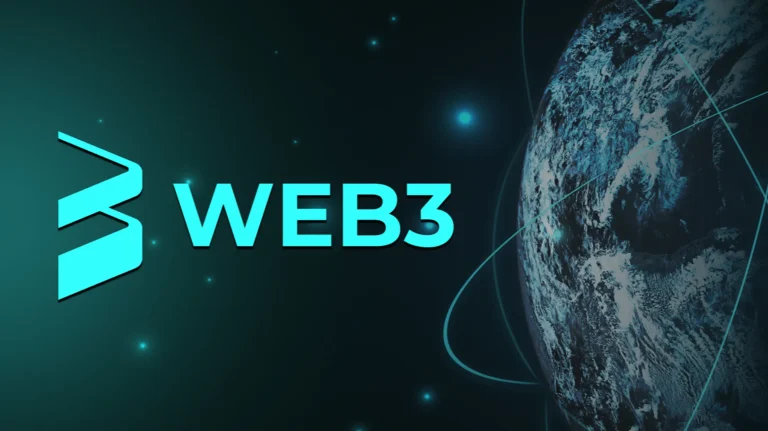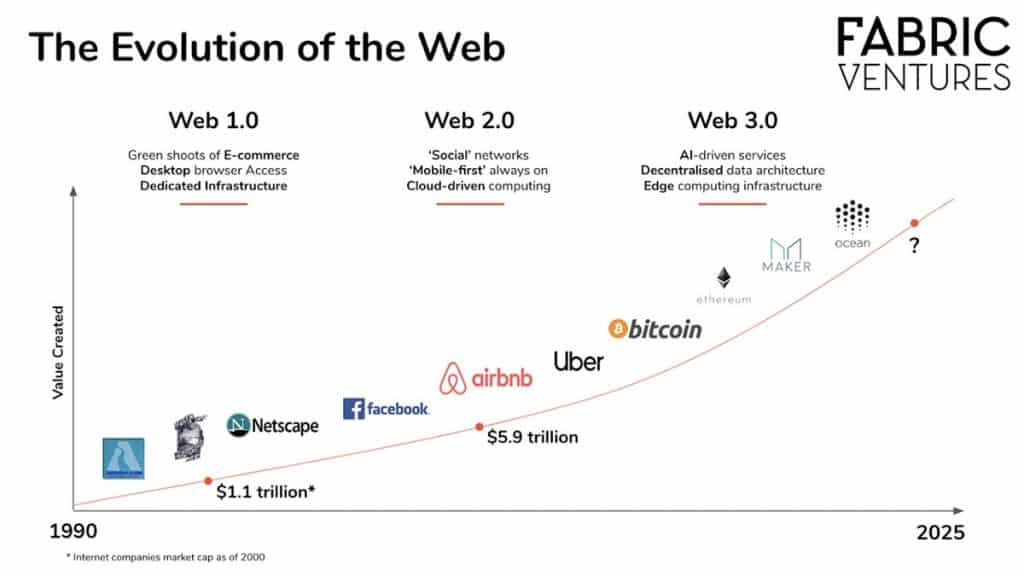The term “Web3” has grown in prominence in past seasons, and you might have heard it. You may be curious about what it is, what it means for the long term, and how it varies from the previous two generations of the web. Let’s go right to the point: Web3 advocates see it as a breakthrough; critics see it as a hyped-up house of cards that don’t hold up to close examination.
The Origin of Web3
Web 1.0 was the period of basic websites, which you may recognize if you’re of a particular age. In addition to providing headlines and data, several websites allowed you to showcase your unique preferences and activities. In order to save speed, pictures were avoided and clips were kicked out of the picture. Web 1.0 gave birth to Web 2.0, a much more fluid, customizable, and user-driven internet, towards the beginning of the 21st century. Websites grew more engaging and app-like as a result of a shift from static to dynamic content.
Now we’ve arrived at the beginning of Web 3. There are many various definitions for it, but at its foundation is the concept of decentralization, as shown by cryptocurrencies (key drivers of Web3). It is hoped that the web would become more democratic, instead of dominated by a few large corporations. Web3 may be seen as a hybrid of the two previous eras: With today’s current web’s fluid, app-like technology and its historically widespread decentralized, user-driven attitude, it’s possible to achieve the benefits of both centralized and decentralized systems. Theoretically, Web3 rebalances the balance of power away from large tech companies and toward individual users.
For the time being, Web3 compensates its customers with coins that may be used in a number of ways, such as cash or as a vote in determining the direction of technological advancement. Many more people and organizations will benefit from web-generated value thanks to greater openness in this brave new world.
The Idea Behind Web3
For those who have never been on the Internet, the principles and methods of Web3 may be a bit of a mystery, but that’s not always a bad thing—getting aboard during the nineties wasn’t an easy task for many people. Even if they’re not quite certain what they’re jumping in, individuals would not want to miss out on the excitement and anticipation surrounding Web3 because they don’t wish to miss out on the good stuff.
Have You Read: Intel Staffers Taking Steps Towards Unionization
There is no shortage of evidence to suggest not everybody believes in Web3’s promise. But although NFTs and blockchain technology are valuable in specific situations—and will definitely play a part in any future web design—there’s a bunch of vaporware and fluff to sort through right now. And it doesn’t even take into account the environmental effect of all the energy-intensive computing that runs various cryptocurrencies.
Those who are dubious of Web3 and its related innovations may argue that a large portion of the money and value created by cryptocurrencies, NFTs, as well as the remainder of Web3 will stay out of grasp for the great mass, resulting in an increase in money for the wealthy. It’s also worth mentioning that several of the Web 2.0 baddies are currently exploring inroads in Web3.




